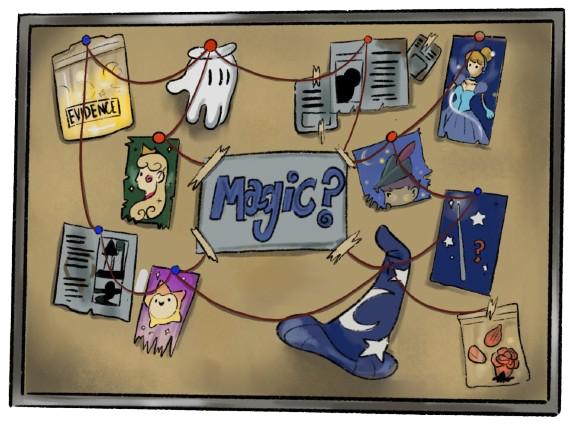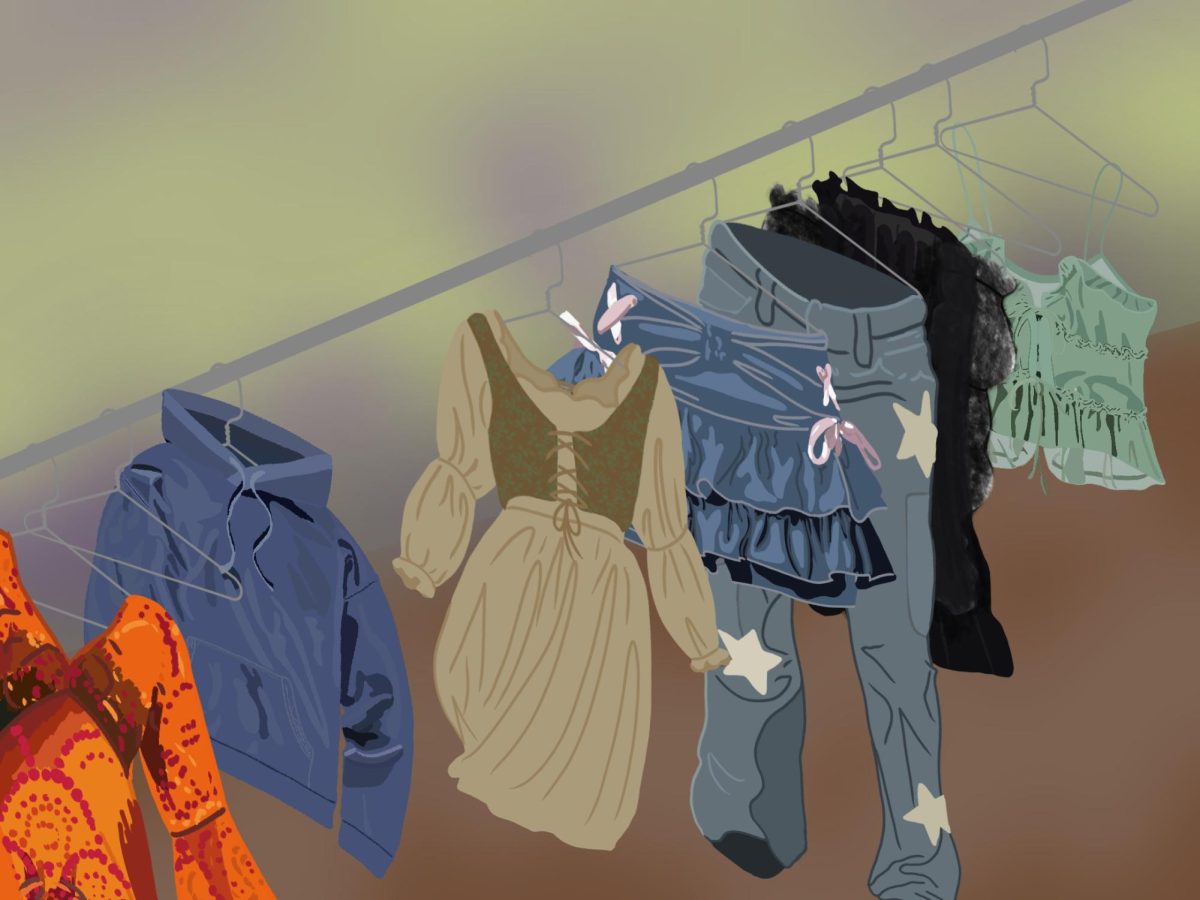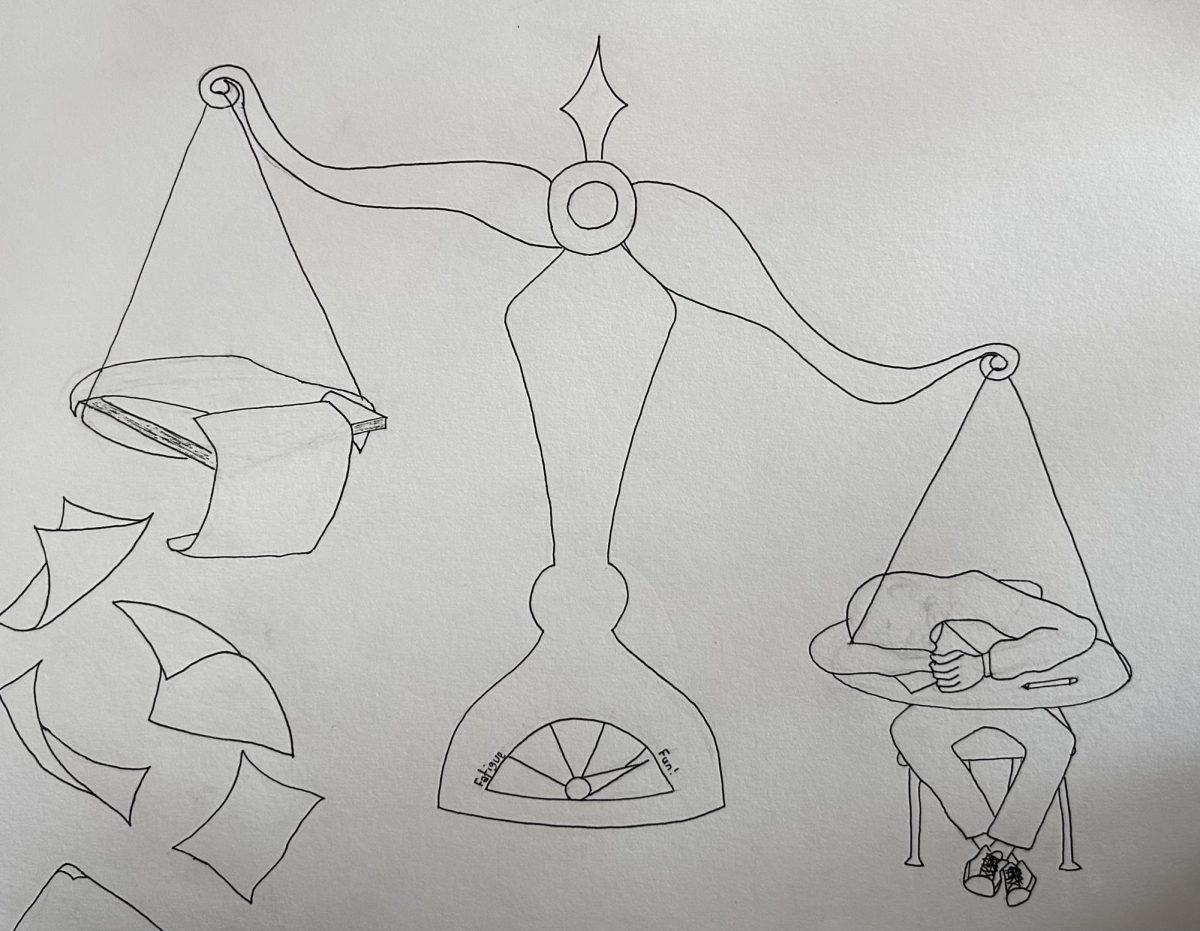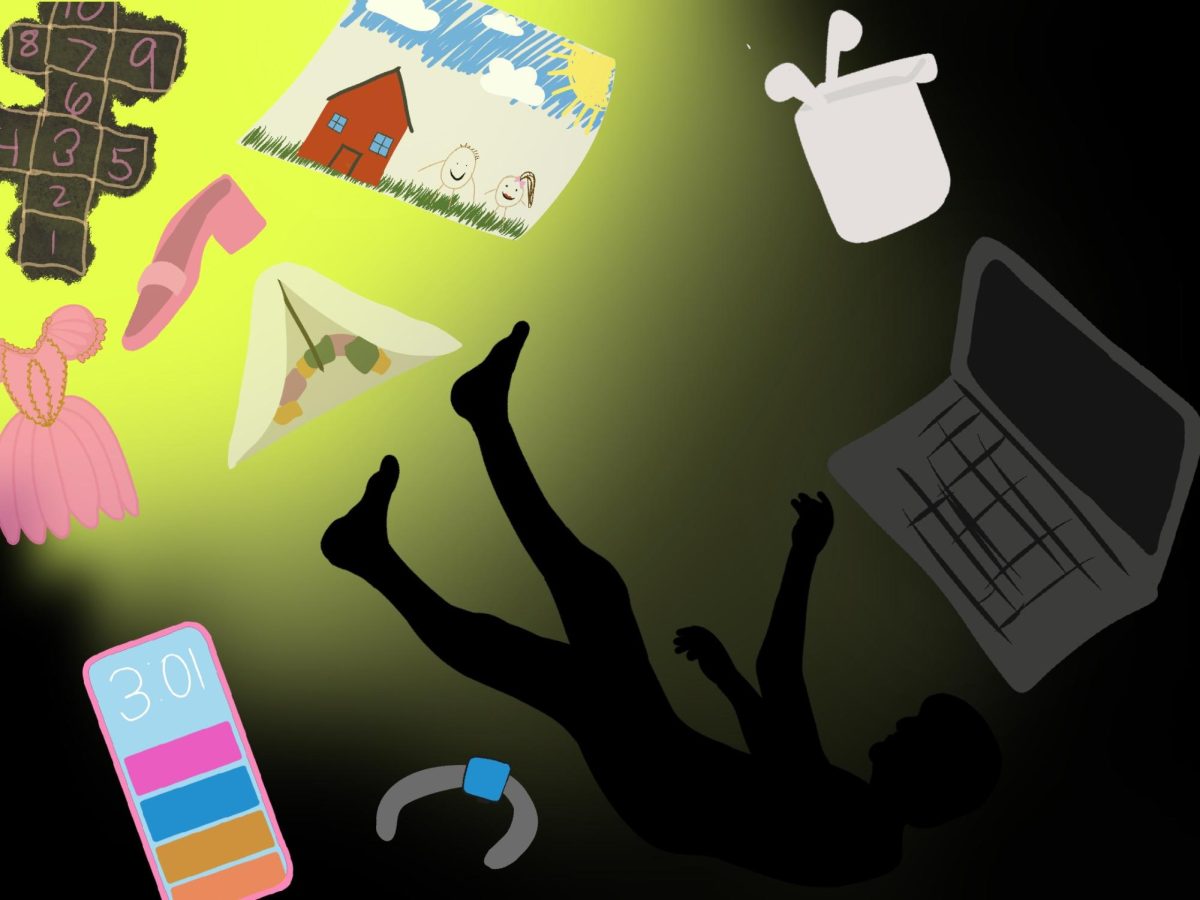After 100 years, Walt Disney Animation Studios continues to dominate the film industry. However, while Disney has released many films in recent years, many of them are not of the same caliber as their past movies. What was once an epicenter for creativity in animation has become a hub of half-hearted films and cash grab remakes. Which begs the question—is Disney dying?
Well yes, but also no.
Disney itself isn’t “dying,” per se, but the magic the company once produced seems to be. Of course, Disney losing its magic seems preposterous. How could a company made of magic be losing it?
That answer is simple: The company is afraid to take risks that produce that magic. When looking at the studio’s history, it’s easy to see that taking risks has done the company well.
When Walt Disney Animation Studios was founded in the 1920s, they initially began creating simple cartoon shorts that introduced the world to now iconic characters like Mickey Mouse. However, once the cartoons garnered more success, the studio’s head, Walt Disney, soon came to realize that audiences would be more interested in his films if they had compelling and emotional stories. With this in mind, Disney aimed to create more films with these elements, and thus “Snow White and the Seven Dwarfs” was born.
Now, when Hollywood heard of Disney’s latest endeavor, they dubbed his idea of creating a feature-length animated film “Disney’s Folly.” But instead of plummeting at the box office, “Snow White” flourished, becoming one of the highest grossing films of all time. This risk taken by the animation company came with great reward, allowing the company to build a larger studio and paving the way for more Disney animated features to be created over the years.
This risk-and-reward can be seen again in the 1980’s, when the company was experiencing a creative and financial rough patch after the infamous film “The Black Cauldron” almost tanked the studio in 1985. In order to save themselves, Disney turned towards the “musical” formula, which had not been popular since the company’s early years.
This choice would be tested first with “Oliver and Company” before the studio committed to using this for their next animated feature. After “Oliver and Company” was a box office success, the choice was made, and thus Disney’s saving grace was born with the beloved “The Little Mermaid.”
Not only did this film revive the once dormant studio in terms of funds, but it also kick-started what is considered to be Disney’s greatest age of animation known as the “Disney Renaissance,” which allowed for more compelling, magical, and heart-felt stories, just as Walt Disney envisioned years ago.
So, with this background in mind, it is clear to see that when Disney takes risks, it reaps rewards. So why isn’t the company taking any more creative risks?
Simply put, the company doesn’t seem to see the quality of story as important anymore. Over the years, the studio has gained fans beyond just children and their families, like dedicated “Disney Adults”. Knowing this, the company’s ability to create compelling stories is hindered, since a truly loyal fan base will follow the company no matter how mundane the story is.
The latest example of Disney’s lack of creative risk is apparent in their more recent filmography, as the studio has begun to lean more towards live action remakes of their old films. Gone are the days of creativity and self expression, and behold a new era of shameless corporate greed.
Despite Disney doing quite well for itself over the years, with multiple money makers like Disney+ and the everlasting “Frozen” franchise, the company still sees it necessary to release cheap, uncreative cash grabs that barely contribute to the once proud Disney name.
Enter live action remakes, the latest and laziest way to adapt a classic tale (in Disney’s case, at least). These types of films have been around since the 1990’s and used to be few and far between. However, in recent years, the live action industry has been booming and is becoming increasingly more monotonous.
Disney has released an overwhelming amount of live action remakes since the concept became popularized by the 2015 remake of “Cinderella.” In 2019, the studio released 5 live action remakes. And although each remake was based on a different film, they all felt alarmingly similar in terms of plot, cinematography, and intention. Instead of creating compelling and emotional stories like Walt himself intended, profiting off of previously written ones has become the norm. Because of this, Disney’s magic is slowly disappearing.
Live action remakes are not the only thing accounting for for the studio’s lack of whimsy. In fact, even the classically animated films are draining the studio.
Movies like “Strange World” and “Elemental” have aimed to give Disney fans what they were starving for—an actual plot that makes someone feel something. However, the poor marketing of both movies ultimately proved to be their downfall. The studio lacked confidence in these original stories, placing little focus on both movies out of fear of failure. One of the main reasons for their lack of marketing can be accredited to both movies including the mentioning and appearances of LGBTQ+ characters—a great risk that could have offered great reward: a broader, more diverse audience.
And let’s not forget Disney’s most recent endeavor—“Wish.”
“Wish” was thought to be the film that was to bring back the magic the live actions and failed animated features had drained from it. Instead, it just proved that Disney doesn’t care about an emotional story or the magic it once had anymore. It only cares about marketing itself. What was supposed to be a celebration of Disney’s 100th anniversary turned into a cheap excuse to reuse past Disney icons and plot points because, as we have seen before, current Disney wouldn’t dare to create something new and compelling that inspires an audience.
The whole point of “Wish” was for audiences to be inspired to keep dreaming and wishing in hopes of creating something positive. Instead, it inspired audiences to go re-watch older and better Disney movies. “Wish” ultimately fails in terms of producing Disney magic, and unfortunately could be the nail in the coffin for this once-prolific company. But “Wish” wasn’t a total failure overall.
“Wish” fails in terms of plot and the restoration of the Disney brand, however, in terms of overall creativity, “Wish” has some successes. The focal point of this movie was that Disney blended 3D and 2D animation in order to pay homage to both the past and present of Disney films.
Many elements within the movie, such as the backgrounds, were illustrated in watercolor–a callback to the studio’s roots. The characters were given a similar treatment, animated in 3D with watercolor textures to create a better blend between the 3D models and 2D environments.
The backgrounds within the film were strictly traditional watercolor, while the characters in the film were created using 3D animation. This concept was bold for the company,and ultimately sparked audience interest in the film. However, there were many mixed opinions on this creative choice. Some thought that this choice truly made the film pop and gave the movie something to make it stand out, while others felt that the 2D and 3D mixture made the film look unfinished and more like a video game than a movie.
The choice to incorporate 2D animation into the Disney film could be viewed as Disney recognizing how successful their old 2D films were, possibly sparking Disney to revert to its original style after their most recent modern animated films have flopped. However, that is highly unlikely because of the changing times and how much more expensive 2D animation is as opposed to 3D.
With that said, Disney is now the “Old Man” of the film industry and is most likely on its way out. But, if Disney can somehow manage to create original stories and reignite the fleeting magic, this may not be the end of the beloved studio.












Pete • May 17, 2024 at 1:01 pm
All of Hollywood is “on the way out”. And deservedly so. Scoldy propoganda and lazy retreads.
Can’t disappear soon enough.